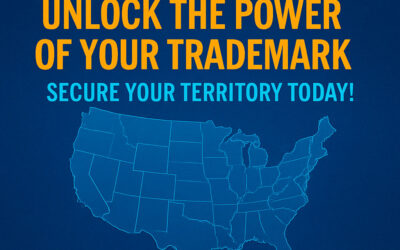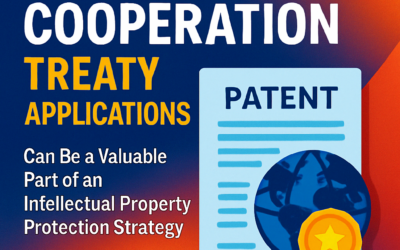When Henry Ford’s company designed the first Model-T, they probably never considered the idea that one day car manufacturing would be a matter of digital software as much as the physical manufacturing of the car’s parts. In fact, even twenty or thirty years ago the idea of self-driving cars seemed to be a thing of the distant future, a plot idea for science fiction.
Today, however, that possibility is in the process of becoming a reality. There are as many as 250 car manufacturers working on self-driving cars. Volkswagen has partnered with Microsoft to create their cloud-based automated driving platform. Tesla, Ford, General Motors, and many others are all working towards the goal of releasing fully autonomous vehicles. Uber has even worked self-driving vehicles into their rideshare services.
All of these self-driving cars need software in order to run efficiently, safely, or…well, at all. Without a human driving the car, the control is left to the computer system as well as a series of sensors. Because self-driving cars are such a big goal right now, innovation is highly competitive. It’s important to protect your software with the right patents and copyright registration.
Patenting Software For Autonomous Vehicles
The USPTO will grant manufacturers a patent on autonomous vehicle software based on two contingencies:
- That the software is not anticipated or obvious based on past art
- That the subject matter is not a “judicial exception” (such as something too abstract) or that it adds additional limitations amounting to “significantly more” than the judicial exception
You may register a utility patent or a software patent. A utility patent protects the machine learning software itself, as it provides the utility of driving the car. A design patent protects a unique design or packaging, such as the interface of the software or a console design. Utility patents will protect your software for 20 years and a design patent will last for 15 years.
Copyright Registration For Autonomous Vehicles
Software is built with code, and code is protected under copyright law. Copyright registration can protect your software code for as long as 70 years. However, under current law, copyrighted works must be created by a human author. If the code was created by AI, it may not be eligible for copyright, although the machine learning system itself can be copyrighted.
As the push for self-driving cars increases, more and more manufacturers are outsourcing software development to companies that specialize in this. Software models can be trained on gathered data through machine learning, but these software models are unable to be copyrighted as they lack a human author. They are effectively authored by the data that trains them.
Examples of Recent Autonomous Vehicle Software Patents
So what are some examples of this happening in real life? One recent instance is Doordash’s patent for automated vehicles for autonomous last-mile deliveries. The patent includes a sensor module that helps to navigate the vehicle, as well as an onboard computer system to process data as the vehicle drives along roadways and pedestrian routes.
With this software, Doordash can employ self-driving cars to deliver food and perishable goods to customers in real time. The patent, pictured below, was granted in June of last year.

Ford also patented a “vehicle anomalous-condition response during autonomous driving.” The patent proposes a self-driving car driven by AI that can learn different ways of reacting to certain unexpected scenarios. The car can essentially “think” its way out of a situation in the event that the driver can’t react soon enough.

Toyota took driver preferences into account with their self-driving cars. Their patent, “systems and methods for generating autonomous navigation routes to match user preferences,” allows drivers to set their own preferences such as avoiding tolls or highways, or even choosing to take the most scenic route. You can add stops on the way to make your drive more enjoyable overall.

How Garcia-Zamor Can Help You Protect Your Autonomous Vehicle Software
As innovation races forward for self-driving cars, many manufacturers are staking their claims with patents and registered copyrights. Garcia-Zamor can help you do the same. If you have a great idea for a self-driving vehicle, we can draft up the patent application and copyright registration to protect your creations as soon as possible.
Even with a pending patent, your inventions are still protected until the USPTO makes the final decision. We can also keep you updated on the status of your application and recommend other ways to protect your work. If you want to stay on the cutting edge when it comes to automotive innovation, intellectual property protection is essential. Garcia-Zamor has you covered, whatever your IP law needs might be.







